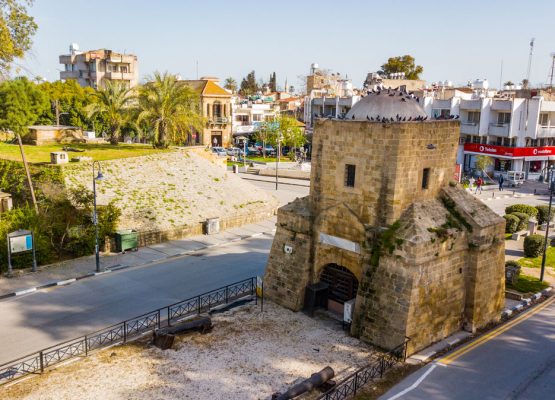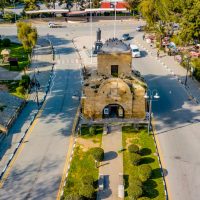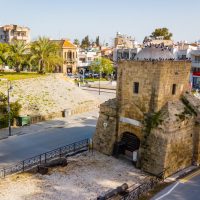
Daily Operated until 1931
One of the three gates in the Venetian wall which encircles old Nicosia, it provides access to the city from the north.
For over a thousand years, Nicosia was a walled city, from the Lusignans through to the Ottomans. During the Renaissance era, the Venetians reconstructed great walls around the capital threatened by an impending Ottoman Empire.
There were originally three gates through the Venetian city walls – the Famagusta Gate in the east, the Paphos Gate in the west and the arched Kyrenia Gate which is one of the old city’s primary entrance points.
Built by the Venetians around 1562, it used to be called “Porta del Provveditore”, named after the Italian local district governor and engineer Francesco Barbaro. It was fitted with a portcullis and a still-visible lion of Saint Mark.
After their victory, the Ottomans added inscriptions on the north facing wall with verses of the Holy Quran, praising Allah as the “Opener of Gates”. Indeed, the gate would open with the dawn prayer call, and close with the night prayer.
In 1821, the Ottomans repaired the gate and added a domed room used as a guard chamber, renaming it the “Edirne Gate”. The south facing wall displays a marble plaque bearing the tughra, a calligraphic monogram of Sultan Mahmut II dated from the same year.
The gate has been kept in perfect condition throughout the years and remains one of the most attractive and well-preserved historic monuments in Nicosia.
The roads on either side of the gate which were built by the British in 1931, are still considered to be the main entry points into the old walled city of Nicosia, thus the Kyrenia Gate maintains its importance to this day.



